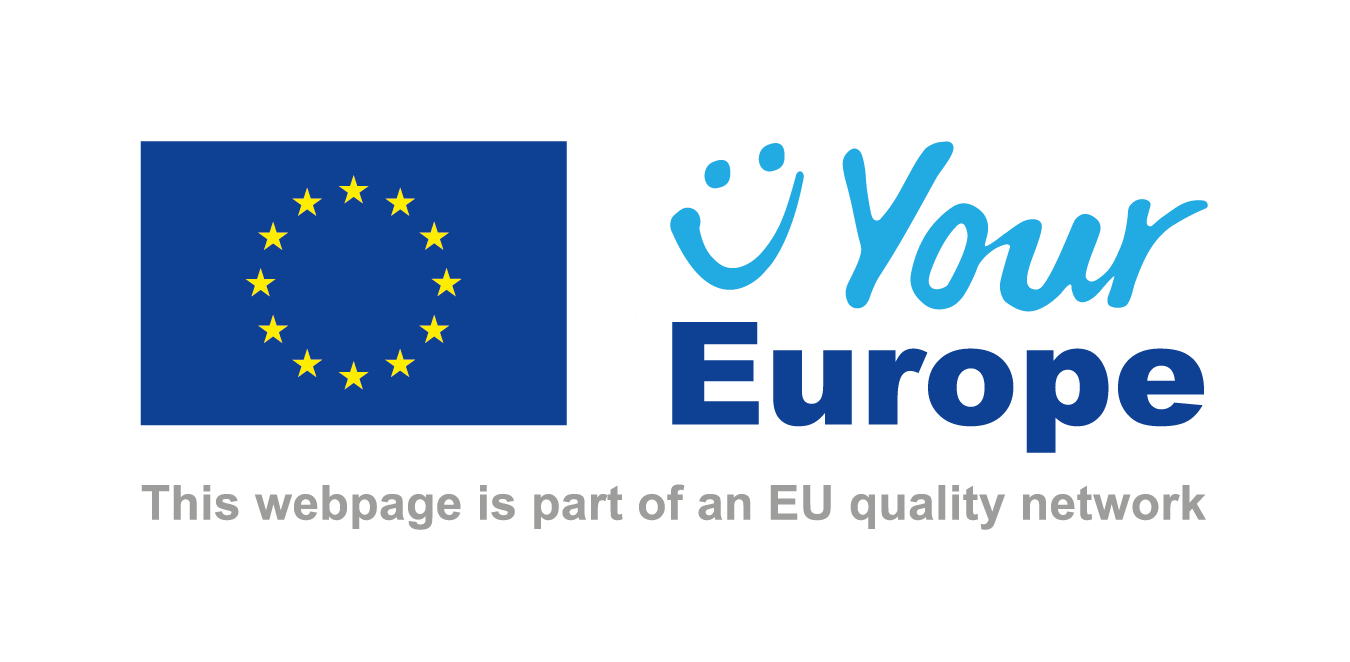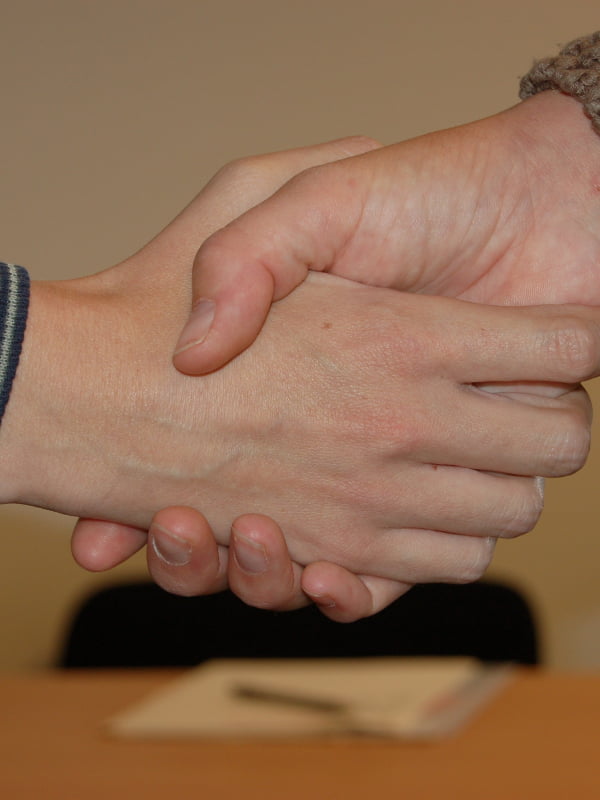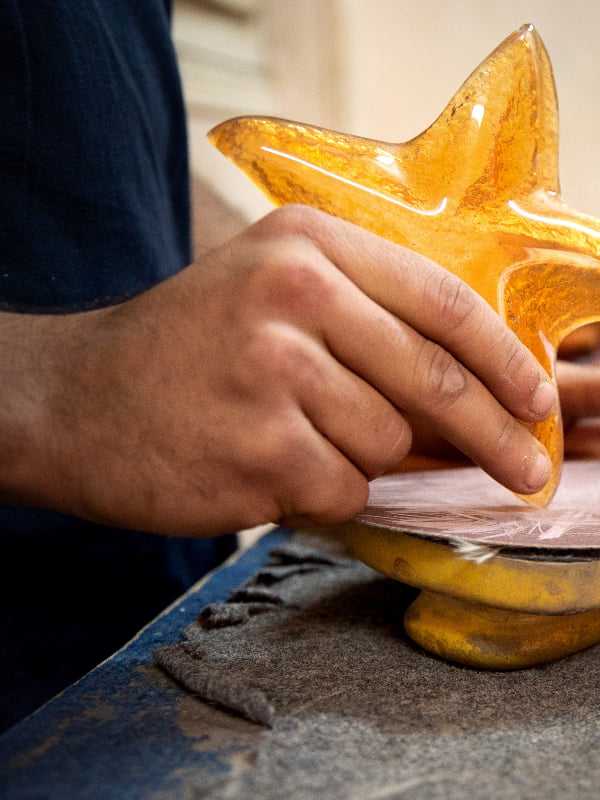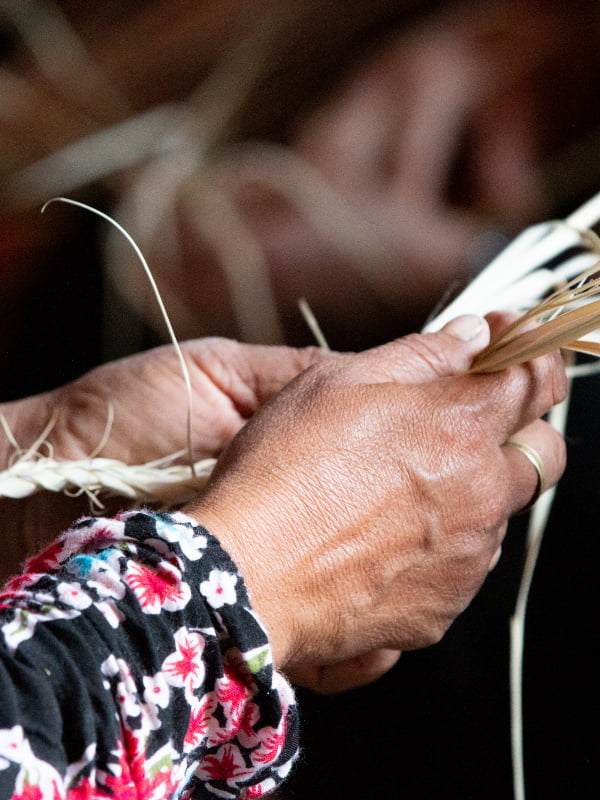European protection of regional products
You can protect your regional product by applying for a European protection label. It helps to increase the value of your product and protects against misuse and imitation.
Types of European protection
There are three types of European protection for regional products:
- Protected Destination of Origin (PDO)
- Protected Geographical Indication (PGI)
- Traditional Speciality Guaranteed (TSG)
For wine products, you can only apply for PDO or PGI. For spirit drinks, you can only apply for PGI.
To apply
The application procedure for European protection is as follows:
Step 1: Submit your application to the advisory committee
As a producer or a producer organisation, you must submit your application for registration to the advisory committee. An application for a protected destination of origin (PDO) or protected geographical indication (PGI) consists of the following:
- a product specification;
- a summary of the product specification.
An application for traditional speciality guaranteed (TSG) protection consists of the following:
- a product specification.
The advisory committee will help you with the application and the product specification. To apply, send an email to info.agos@rvo.nl. State your contact details and the product details. We will contact you to explain more about the application procedure.
Step 2: The advisory committee evaluates the product specification
The advisory committee will check if the product specification complies with all EU rules. The commission will do this with the Ministry of Agriculture, Nature and Food Quality.
Step 3: The Product specification published in the Government Gazette (Staatscourant)
Has the advisory committee approved the product specification? If so, the Ministry will publish it in the Government Gazette.
Step 4: The opposition procedure begins
The next step is the national opposition procedure. Has no opposition been submitted to the Ministry? The Ministry will then forward the application to the European Commission in Brussels.
Step 5: European Commission checks and publishes the product specification
The European Commission checks if the product specification complies with all regulations and translates it into the 24 official languages of the EU. The European Commission then publishes the specification in the Official Journal of the European Union.
Step 6: European Commission enters the product into the eAmbrosia database
Has nobody opposed the product specification within three months of publication? In that case, the European Commission will then enter the product into the eAmbrosia database.
Step 7: The producer reports to the control body
Has your product been entered into the database? Then you must report to the control body. The control body is the organisation that handles your application.
How long does the process take?
The entire process can take two to three years.
Opposing a registration
After the Ministry of Agriculture, Nature and Food Quality publishes the summary of the product specification in the Government Gazette, the national opposition procedure begins. Anyone demonstrating a legitimate interest in the proposed registration can submit an objection till three months after publication.
Send your opposition, with justification, to info.agos@rvo.nl. Would you prefer to submit your opposition by post? Then write to:
RVO secretariaat AGOS
Postbus 93144
2509 AC Den Haag
You can read more about submitting an objection in the document ‘Regels en procedure bezwaar Europese bescherming’ (Rules and procedure for submitting an opposition in relation to European protection).
Laws and regulations
The rules governing agricultural products and food are written in EU law. An overview can be found on Wetten en achtergrond streekproducten.
FAQs
Read the Frequently Asked Questions about the protection of regional products in the European Union.
Want to know more?
You can find the most recent developments in food quality on the European Commission website.
Database
The European Commission registers all applications for PDO, PDI and TSG. You can find these applications in the eAmbrosia database. The database also contains approved applications.
This webpage is part of Your Europe, an EU quality network.
Let Your Europe know what you think of this page. Leave your feedback.
- Ministry of Agriculture, Fisheries, Food Security and Nature




